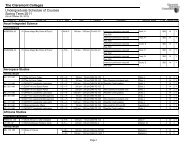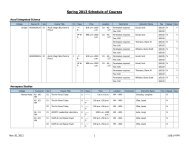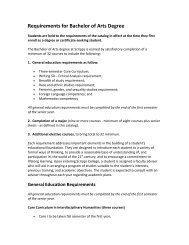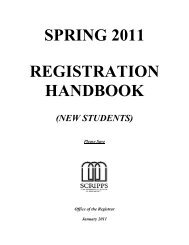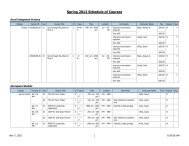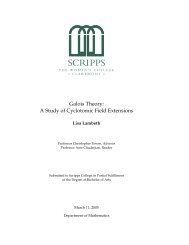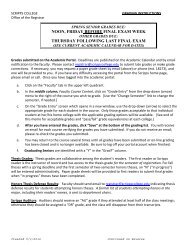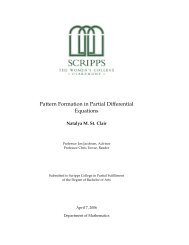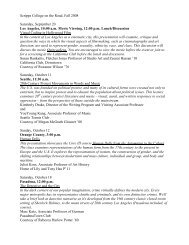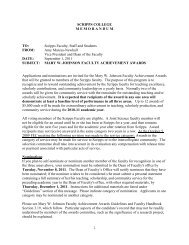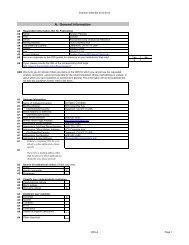Sophie Germain: mathématicienne extraordinaire - Scripps College
Sophie Germain: mathématicienne extraordinaire - Scripps College
Sophie Germain: mathématicienne extraordinaire - Scripps College
Create successful ePaper yourself
Turn your PDF publications into a flip-book with our unique Google optimized e-Paper software.
The First Proof 43<br />
us<br />
5 3 r 4 + 2 · 5 2 r 2 q 2 + q 4 = (q 2 + 5 2 r 2 ) 2 − (5 4 r 4 ) − (5 3 r 4 )<br />
= (q 2 + 5 2 r 2 ) 2 − 5(10r 2 ) 2<br />
Let P 0 = (q 2 + 5 2 r 2 ) and let Q 0 = 10r 2 so that P 0 and Q 0 are both<br />
positive integers such that<br />
(q 2 + 5 2 r 2 ) 2 − 5(10r 2 ) 2 = P 2 0 − 5Q 2 0<br />
= (P 0 + Q 0<br />
√<br />
5)(P0 − Q 0<br />
√<br />
5).<br />
Now for something unexpected and exciting: we are leaving the integers.<br />
We are in fact entering the ring of integers of the number field<br />
Q( √ 5). Recall that from the Fundamental Theorem of Arithmetic, we have<br />
unique factorization in the integers. That is, every integer m ≠ 0 can be<br />
factored into a unique product of primes up to a unit. In the integers, our<br />
units are ±1. Thus we say that every integer m ≥ 1 can be factored into a<br />
unique product of positive primes. Similarly, we say that unique factorization<br />
holds in a number field if every element can be factored into a unique<br />
product of irreducible elements up to a unit. Naturally, we ask ourselves,<br />
what does an element of a number field look like and how does it factor<br />
Definition 1. The number field Q( √ p) where p is square free, is the set of elements<br />
a + b √ p such that a and b are rational numbers.<br />
In particular, we are interested in Q( √ 5) = {a + b √ 5 : a, b ∈ Q}.<br />
We<br />
can similarly define the ring Z[ √ 5] = {a + b √ 5 : a, b ∈ Z}. We would like






